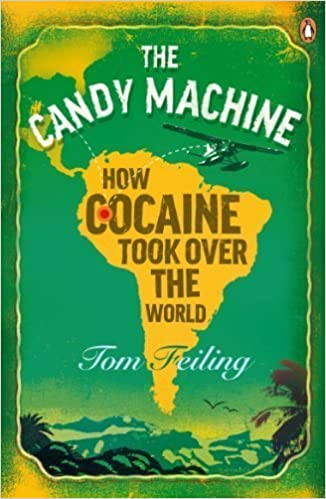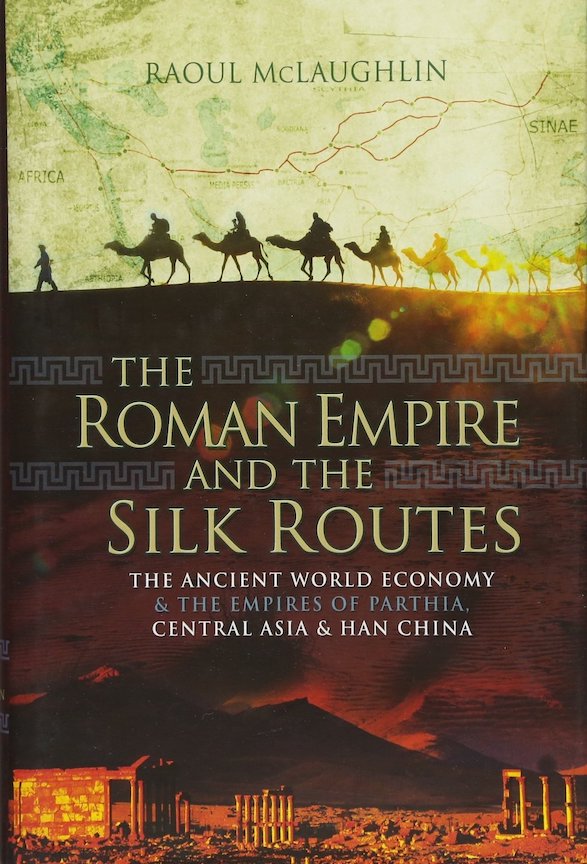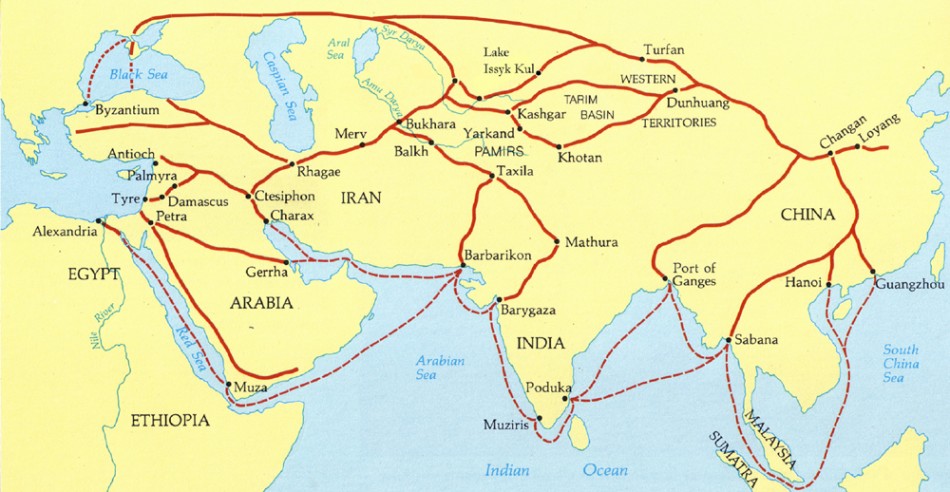|
The Candy Machine: How Cocaine Took Over the World
Tom Feiling Published in September 2009 320 Pages Thibault’s Score: 4/5 I already knew much of what was discussed in the Candy Machine, but this book clarified the details and helped reinforce what I already knew. The big argument the book builds up to is the case for legalizing cocaine. I already agreed with drug legalization, so that wasn’t much of a surprise to me. To me, the war on drugs has always been a no brainer. The case for legalizing all drugs, even the most dangerous and addictive ones, has been so obvious that I’ve never thought much about it. My intuition has always been to legalize drugs, stop criminalizing casual users, and let the problem users poison themselves. What is most fascinating is that coca leaves are a harmless “drug,” roughly on the same level in terms of health effects as coffee or cannabis. Over time, increasingly powerful cocaine extracts were sold by corporations. When coca was criminalized, the extracts became very dangerous as the potency increased and they were adulterated. When I opened this book, I expected it to be mostly about the logistics of getting drugs from Latin America to North America. There was almost no mention of specific dealers like Pablo Escrobar - instead it was a sociological analysis of the history of cocaine use, the devastating effects of prohibition in transit countries like Jamaica and Colombia, and the effects on users. If I had supported drug prohibition, it probably would have changed my views. If ever I run across someone who supports criminalization of cocaine and has really authoritarian views, I will give them this book.
0 Comments
The Roman Empire and the Silk Routes: The Ancient World Economy and the Empires of Parthia, Central Asia & Han China By Raoul McLaughlin Published in November 2016 282 Pages Thibault’s Score: 4/5 First, a brief warning: the audiobook is pretty bad. The narrator sounds very sleepy, and is hard to listen to. However, the book itself is great. It covers the international commerce of late antiquity that connected the great civilizations of the Roman Empire, Persia, India, and China. The book draws on sources from all four major civilizations, as well as some other groups that existed along the silk roads. The most fascinating aspect of the silk road is that it was very indirect. Civilizations would often only be aware of their neighbors - they would circulate goods within their known part of the world up to their frontiers, but not further. Only some steppe nomads had travelled far enough to witness the many different civilizations of the ancient world. For example, a bundle of silk cloth might be produced in China. It would then be gifted by the Chinese government as a diplomatic gift to a Turkish tribe. The Turks would then sell it to Persian merchants to get metals and weapons. Once in Persia, the bundle of cloth would pass hands several times, sold from merchant to merchant. Finally, it would make its way to Egypt, and from there, be transported and sold in the markets of Rome.
Learning more about the silk road has helped contextualize both the modern Chinese Belt and Road program as well as the socio-economic context of the crusades. I recommend this book to everyone who has even a cursory interest in the Roman Empire, Chinese history, economic history, the crusades, or steppe nomads. This book neatly intersects all topics without being too complicated for a novice. |
Thibault SerletMost of my articles are book reviews, but I also write about many other topics. Archives
December 2023
Categories |



 RSS Feed
RSS Feed